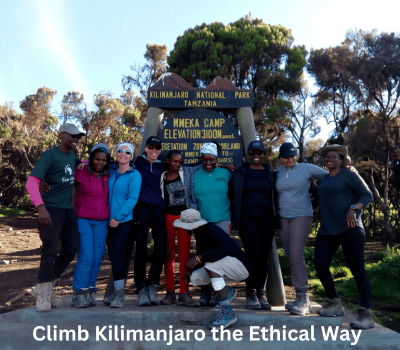Can I Face Legal Consequences for Climbing Kilimanjaro Without a Guide?
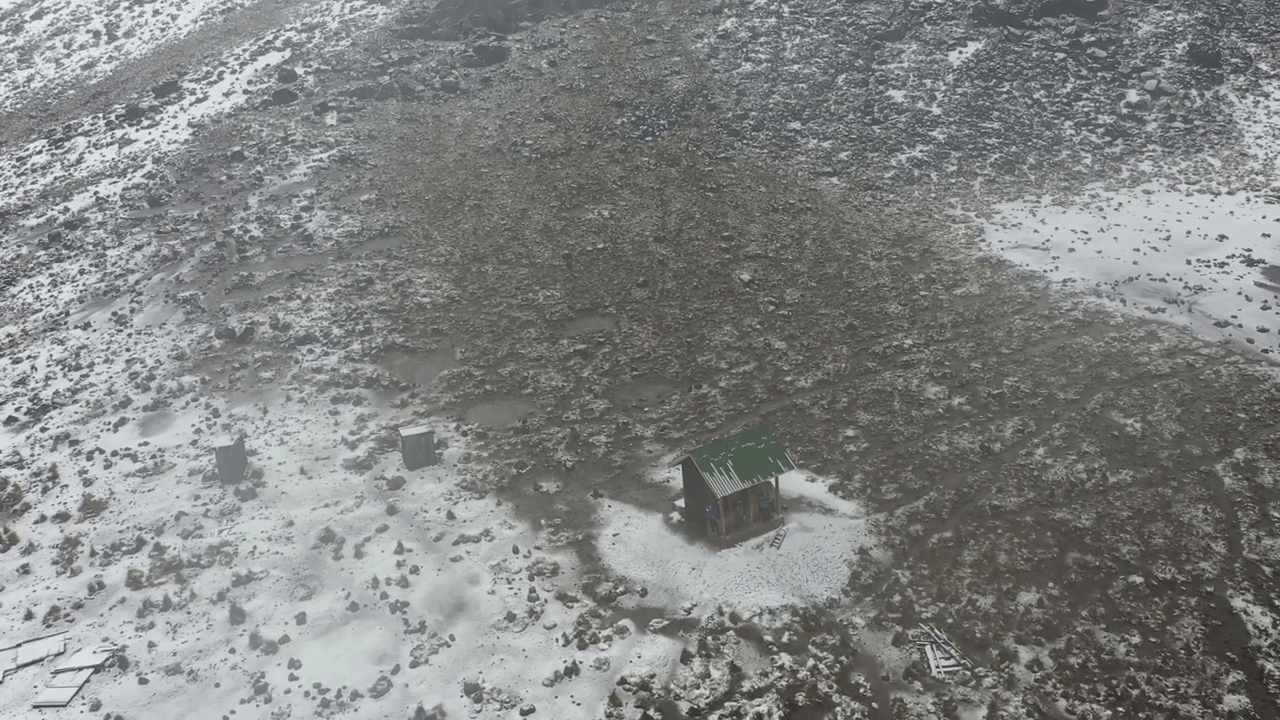
Introduction: Why Solo Trekking Appeals to Some Climbers
The thought of tackling Africa’s highest peak, Mount Kilimanjaro, alone might sound like the ultimate test of self-reliance and adventure. For seasoned hikers used to independent trekking in the Alps or Andes, it may seem logical to assume that Kilimanjaro would allow the same kind of freedom. After all, with GPS devices and trail apps widely available, why would a guide be necessary?
However, Kilimanjaro is not just any mountain. It’s a protected natural reserve, a key source of revenue for Tanzania’s tourism sector, and home to sensitive ecological zones. More importantly, climbing this mountain without a licensed guide is strictly prohibited—and doing so can come with serious legal consequences. In this article, we break down the rules, the risks, and what happens if you try to go solo.
What the Law Says: Kilimanjaro’s Mandatory Guide Requirement
The Tanzania National Parks Authority (TANAPA) mandates that all climbers on Mount Kilimanjaro must be accompanied by a licensed guide. This rule is not just a suggestion or best practice—it’s a law enforced at every park gate and on every route up the mountain.
Whether you plan to hike the popular Machame Route or the remote Northern Circuit, you cannot enter Kilimanjaro National Park without registering under a tour operator or a certified local guide. This regulation is part of Tanzania’s commitment to safe, ethical, and environmentally responsible tourism.
Failing to comply with this rule is considered an offense, and authorities take it seriously.
What Happens if You’re Caught Without a Guide
If you attempt to climb Kilimanjaro without a licensed guide and are caught, expect immediate consequences. Park rangers at the various entry gates—including Machame, Marangu, Lemosho, and Rongai—inspect permits, check guide credentials, and maintain strict control over access. But even if you somehow bypass the gates, rangers are posted at multiple waypoints along every route.
If caught, your options are limited:
- Immediate Removal: You’ll be escorted off the mountain and banned from continuing your climb.
- Fines: You may face hefty financial penalties imposed by park authorities.
- Legal Action: In severe cases, legal charges can be filed against you for violating national park regulations.
Tourism is a pillar of Tanzania’s economy, and Kilimanjaro is a protected UNESCO site. Unauthorized climbing is treated as a serious offense.
Fines, Deportation, and Other Penalties for Illegal Climbs
The legal consequences for attempting an illegal solo climb range from financial to criminal penalties. Although the exact fines can vary, previous cases have included penalties between $1000 and $2,000 USD for unauthorized entry. Repeat or intentional violations may even result in court proceedings and criminal records.
Foreign nationals may also face immigration consequences, including:
- Deportation: Your tourist visa may be revoked.
- Ban on Re-entry: A ban from entering Tanzania for a set period—or permanently.
- Diplomatic Reporting: Incidents involving illegal activity are sometimes reported to your embassy or consulate.
It’s a high price to pay for attempting to save on guide fees—especially when safe, affordable options exist with local, ethical providers like Eco-Africa Climbing.
Why the Law Exists: Safety, Conservation, and Economic Ethics
So why does Tanzania insist on having a guide for every climber? The reasons are rooted in safety, sustainability, and social equity:
- Safety: High altitude, unpredictable weather, and trail confusion make Kilimanjaro a serious undertaking. Licensed guides monitor your health, carry emergency gear, and know when to turn back.
- Conservation: Kilimanjaro’s ecosystems are fragile. Guides help ensure Leave No Trace practices and prevent damage to the environment.
- Local Employment: Guiding, portering, and cooking on Kilimanjaro support thousands of local jobs. Solo trekking undermines this vital economic system.
This structure ensures that tourism on Kilimanjaro benefits not just the climber—but also the mountain, the people, and future generations.
Comparison with Other International Mountains
While Kilimanjaro’s guide requirement is strict, it’s not unique. Many popular trekking destinations enforce similar rules to protect climbers and ecosystems. For example:
- Mount Everest (Nepal): Climbers must register through licensed agencies and hold permits; solo ascents without support teams are effectively prohibited.
- Mount Elbrus (Russia): Guides are mandatory above certain altitudes to reduce rescue costs and environmental impact.
- Denali (USA): Permits require a detailed expedition plan and proof of mountaineering experience, with rangers monitoring compliance.
These regulations reflect a global consensus: high‐altitude trekking demands professional oversight for safety, conservation, and responsible tourism.
How Rules Are Enforced on Kilimanjaro
Enforcement on Kilimanjaro involves multiple layers of oversight:
- Park Gate Checks: Rangers inspect each climber’s permit and guide license at entry points on all routes.
- En Route Patrols: Ranger posts along trails (e.g., Mweka, Karanga) verify guide presence and monitor compliance.
- Summit Zone Monitoring: Even near Uhuru Peak, rangers ensure only registered parties proceed.
Non‐compliance triggers immediate actions—denial of entry, fines, or removal—reinforcing the importance of following the law.
How to Stay Compliant and Avoid Legal Issues
To ensure a smooth, legal climb:
- Book Through Licensed Operators: Always reserve your trek with a TANAPA‐registered company like Eco-Africa Climbing.
- Verify Guide Credentials: Ask to see your guide’s current TANAPA license and certifications (WFR, KPAP affiliation).
- Carry Proper Documentation: Keep your permit, booking confirmation, and guide’s license in your daypack for random checks.
- Follow Park Regulations: Respect trail closures, waste‐management rules, and camping guidelines to avoid fines.
By taking these steps, you protect yourself from legal penalties and contribute to responsible tourism practices.
Eco-Africa Climbing’s Legal & Safe Kilimanjaro Packages
At Eco-Africa Climbing, every itinerary is designed for full legal compliance and maximum safety:
- Licensed Guides Only: All our treks are led by TANAPA‐approved, WFR‐certified guides.
- Transparent Permitting: We handle all park fees and permit applications on your behalf.
- Comprehensive Briefings: Pre‐climb sessions cover legal requirements, route protocols, and emergency procedures.
- Ethical Commitment: As KPAP partners, we ensure fair treatment and proper equipment for all our porters and crew.
Choose one of our top‐rated, fully compliant routes and climb with confidence:
The Role of Guides in Ensuring Safety
Climbing Mount Kilimanjaro presents significant challenges, including high altitude, unpredictable weather, and demanding terrain. Licensed guides play a crucial role in ensuring climbers’ safety by:
- Monitoring Health: Guides are trained to recognize symptoms of altitude sickness and other health issues, providing immediate assistance and making critical decisions to safeguard climbers’ well-being.
- Emergency Response: In case of emergencies, guides coordinate evacuations and provide first aid, ensuring timely and effective responses to unforeseen situations.
- Navigation Expertise: With their extensive knowledge of the mountain’s routes, guides help prevent climbers from getting lost, especially in adverse weather conditions.
By climbing with a licensed guide, you significantly reduce the risks associated with high-altitude trekking and increase your chances of a successful and safe ascent.
Environmental Protection Through Guided Climbs
Mount Kilimanjaro is a UNESCO World Heritage Site, home to unique ecosystems and diverse wildlife. Guided climbs contribute to environmental conservation by:
- Enforcing Leave No Trace Principles: Guides educate climbers on minimizing their environmental impact, ensuring that waste is properly managed and natural habitats are preserved.
- Trail Preservation: By keeping climbers on designated paths, guides help prevent soil erosion and damage to fragile vegetation.
- Wildlife Protection: Guides are trained to handle wildlife encounters responsibly, reducing disturbances to animals and their habitats.
Choosing a guided climb supports the ongoing efforts to protect Kilimanjaro’s environment for future generations.
Supporting the Local Economy
The mandatory guide requirement on Kilimanjaro not only ensures safety and environmental protection but also supports the local economy by:
- Creating Employment Opportunities: The trekking industry provides jobs for thousands of Tanzanians, including guides, porters, cooks, and administrative staff.
- Promoting Fair Labor Practices: Reputable tour operators, especially those affiliated with the Kilimanjaro Porters Assistance Project (KPAP), ensure fair wages and working conditions for their staff.
- Stimulating Local Businesses: Tourism generates income for local communities through the purchase of goods and services, contributing to economic development in the region.
By adhering to the guide requirement, climbers play a vital role in sustaining the livelihoods of local communities and promoting ethical tourism practices.
Conclusion: Climbing Kilimanjaro Without a Guide Isn’t Worth the Risk
While the idea of an independent summit might seem adventurous, climbing Mount Kilimanjaro without a guide is not only illegal—it’s dangerous, unethical, and potentially very costly. The mandatory guide policy exists for good reason: to protect climbers, preserve the mountain’s fragile environment, and sustain local livelihoods.
The legal consequences of breaking this law range from financial penalties to deportation and being blacklisted from Tanzanian national parks. But beyond the legal risks, you miss out on the safety, support, and deep local insight that a certified guide brings to your journey.
Instead of risking your climb—and your safety—partner with a trusted, ethical provider like Eco-Africa Climbing and experience Kilimanjaro the way it was meant to be explored: with care, community, and confidence.
Frequently Asked Questions (FAQs)
Is it really illegal to climb Kilimanjaro without a guide?
Yes. Tanzanian law requires all climbers to be accompanied by a licensed guide. Unauthorized solo climbing is prohibited and punishable.
What are the actual penalties for climbing without a guide?
You could face fines ranging from $1000–$2,000, be deported, or be banned from reentering Tanzania. Authorities may also report incidents to your home embassy.
Can I hire a guide after arriving in Tanzania?
Yes, but it’s recommended to pre-book with a registered operator like Eco-Africa Climbing to ensure compliance and preparation.
Are there any exceptions to the guide requirement?
No. All climbers, regardless of experience level, must be guided. It’s a blanket rule for safety and sustainability reasons.
How do I verify if a company is legal and ethical?
Check for TANAPA licensing, KPAP affiliation, and online reviews. Ethical operators are transparent and meet all compliance standards.
Climb Kilimanjaro the Legal, Safe, and Ethical Way with Eco-Africa Climbing
Avoid legal trouble and enjoy a guided trek that’s safe, supportive, and unforgettable. Eco-Africa Climbing offers fully compliant Kilimanjaro expeditions led by certified guides with years of experience and compassion.
Explore our top routes:
Ready to climb responsibly? Request a quote now or contact us for more info.
Share:
Related Posts
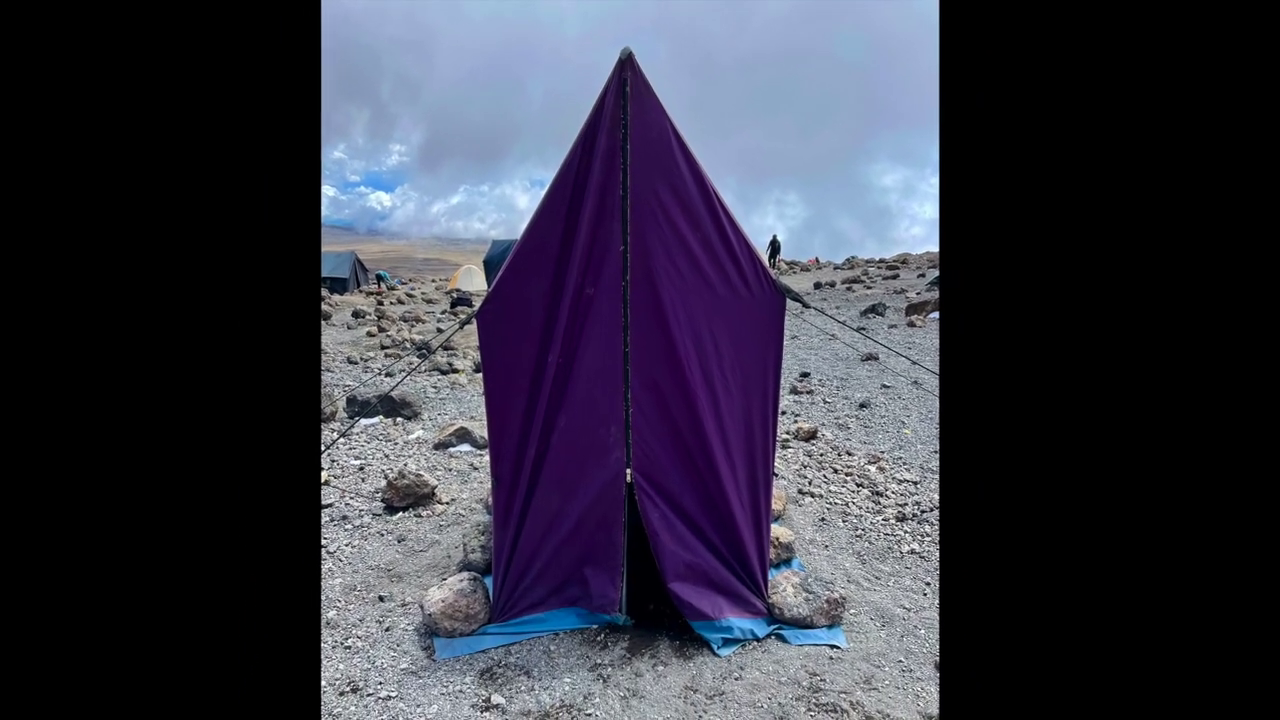
bathroom on mountain kilimanjaro
Bathroom on Mountain Kilimanjaro: What to Expect and How to Prepare Introduction One of the most common — and least discussed — questions from people

Are Guides Readily Available in Tanzania Without Prior Booking?
Are Guides Readily Available in Tanzania Without Prior Booking? Introduction: Should You Risk Climbing Without Pre-Booking? Climbing Mount Kilimanjaro is a dream for many adventurers.
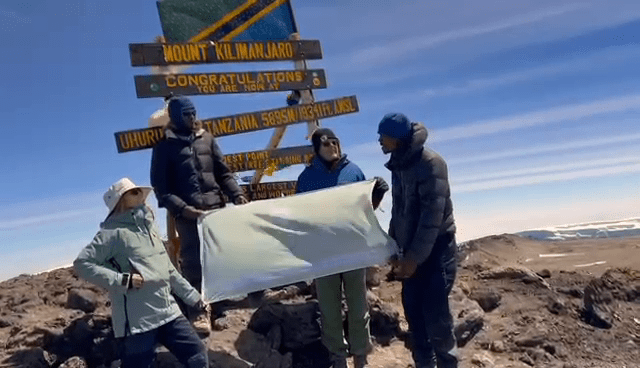
How Can I Find a Reliable Local Guide for My Kilimanjaro Expedition?
How Can I Find a Reliable Local Guide for My Kilimanjaro Expedition? Introduction: Why the Right Guide Is Key to Kilimanjaro Success Climbing Mount Kilimanjaro
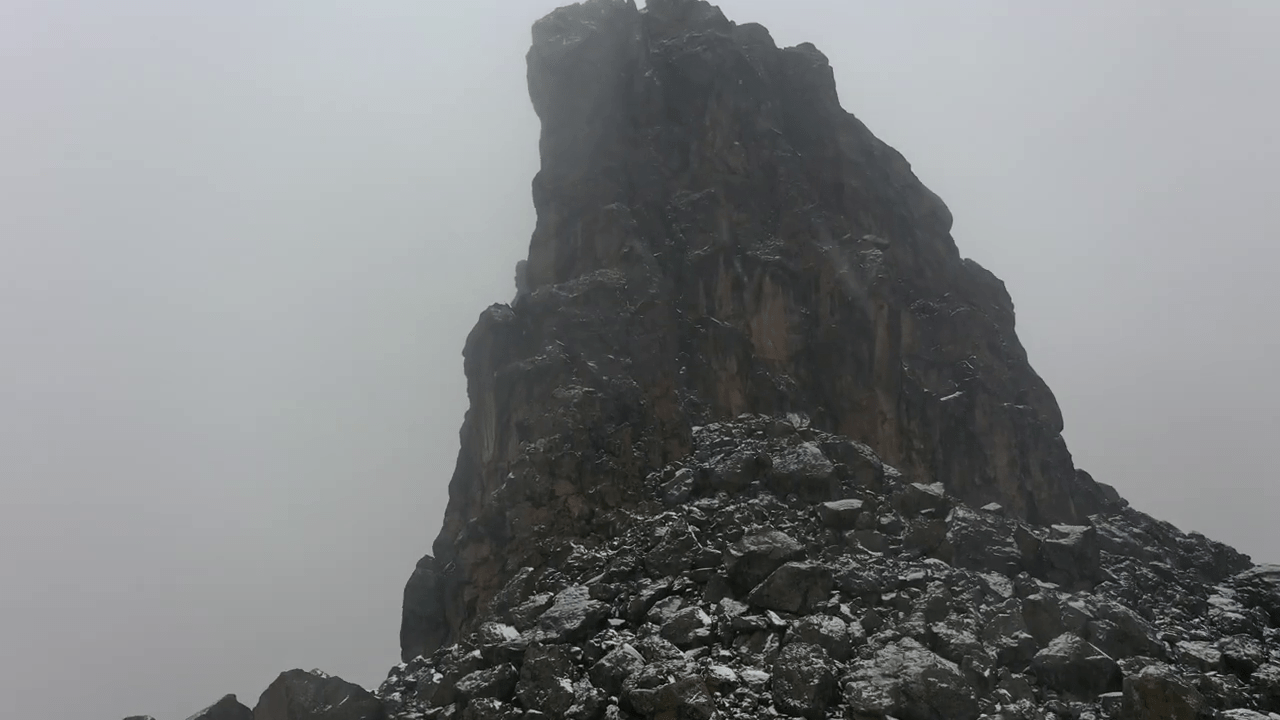
Is Climbing Kilimanjaro Dangerous for Individuals Without Mountaineering Experience?
Is Climbing Kilimanjaro Dangerous for Individuals Without Mountaineering Experience? Introduction: The Myth of Danger and Experience Many aspiring adventurers wonder if climbing Mount Kilimanjaro is
